Andy Barrowman has revealed that Raith Rovers sacked Ian Murray because of his managerial record over the course of a ‘number of months’.
And the initial statement announcing the shock move on Sunday stated that ‘results and performances since the turn of the year have fallen short of expectations’.
“In our opinion, we think there’s been a regress, individually and collectively, from the turn of the year,” Barrowman said in an interview with Raith TV.
“We didn’t feel that regression was going to change under Ian’s leadership.”
So, what do the numbers show about that apparent downturn in form? Courier Sport has taken a look.
A season of two halves
Raith started last term with an inauspicious point away to Partick Thistle in the league, needing what was to become a trademark goal from Kieran Mitchell to leave with a 2-2 draw.
Following that up with a 3-2 victory against Morton, the Stark’s Park men stormed their way to 12 wins from 18 league games before the turn of the year.
They suffered just one defeat – against bogey team Airdrie – and moved to the top of the Championship table with a stunning 1-0 win against title rivals Dundee United at Tannadice on December 16.
However, that’s when things started to unravel.
Their only win from their next eight league and cup games was the New Year derby against rivals Dunfermline, and a run of five straight defeats after that East End Park clash dented confidence.
It resulted in a tweak to tactics, with Murray recognising the team had lost too many goals to be serious title contenders and implementing a more defensive approach.
That helped land a 2-1 victory over United in February to stay in the championship hunt.
But a calamitous 3-2 defeat away to Arbroath a fortnight later proved to be costly when United won the head-to-head at Tannadice at the end of March.
Firmly up against it, another loss to Airdrie effectively ended hopes of taking top spot. But they finished the campaign with four clean sheets in a heartening unbeaten run.
Having taken 41 points from the first half of the season, the second 18 games yielded 28 points and eight victories.
Goals and glory
When it comes to goals for and against, there was a distinct difference between the two halves of the campaign.
Raith netted 35 times and only failed to score in one of their opening 18 matches.
They conceded 24 times for a plus 11 goal difference.
But that change in tactics brought about by the five-game losing streak from January had effects at both ends of the pitch.
They scored just 23 times in the final 18 matches – 12 times fewer – but also conceded only 18 times – six less than before the mid-point in the campaign.
They went from three clean sheets to eight in the second half, but also failed to score six times for a plus five goal difference.
How does that compare with United?
There was undoubtedly a downturn in Raith’s numbers when contrasting the two halves of the campaign
But the numbers show the champions Dundee United also suffered a slight second-half decline, which perhaps betrays the nervous nature of the title run-in.
Jim Goodwin’s men took 34 points – two wins more than Raith – in the second half of the season and 41 points – the same as Rovers – before that.
Those two wins more earned the Tannadice outfit the six-point gap they finished with at the summit in May.
Coupled with the start to the current season, with two defeats in five competitive games, it appears the numbers have eventually stacked up against Murray as far as the Raith board are concerned.
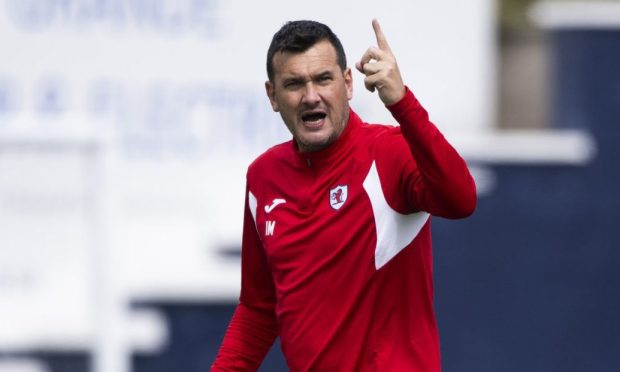
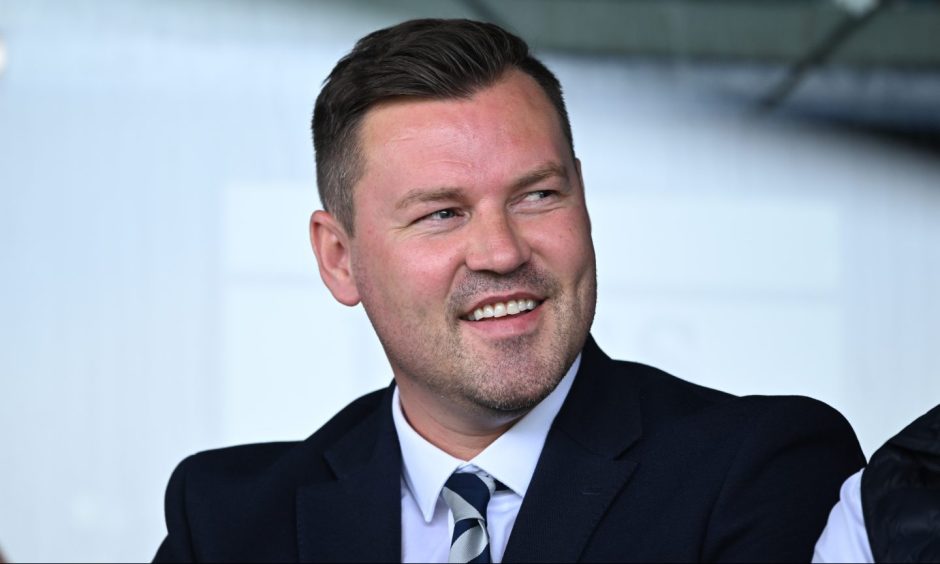

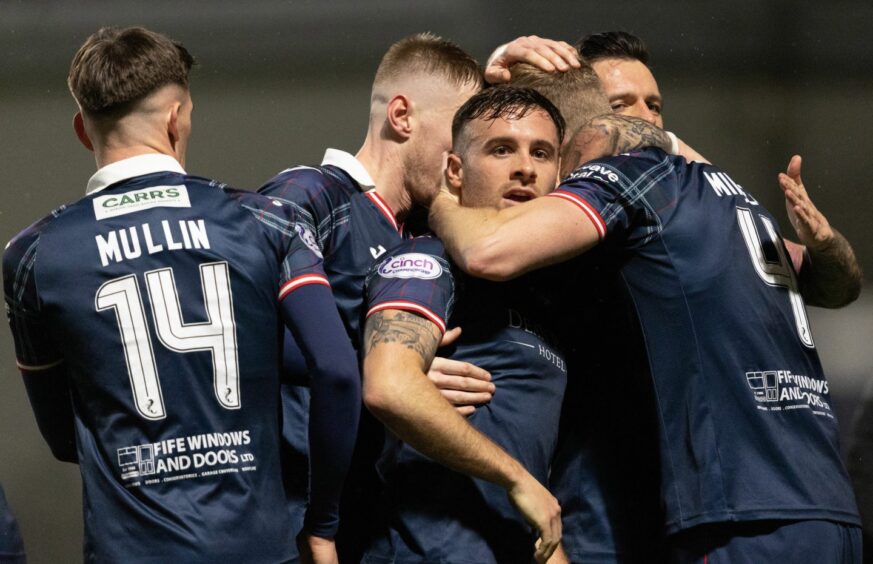
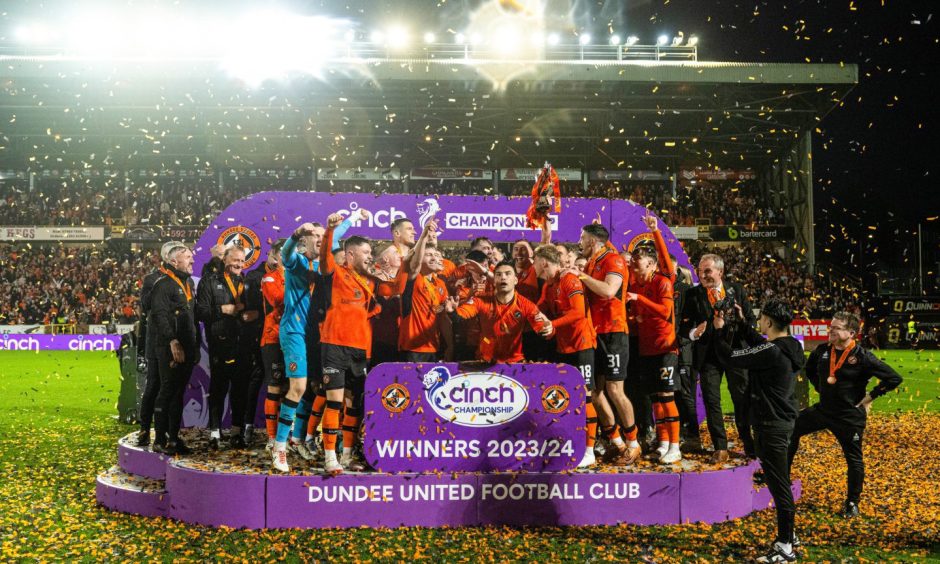
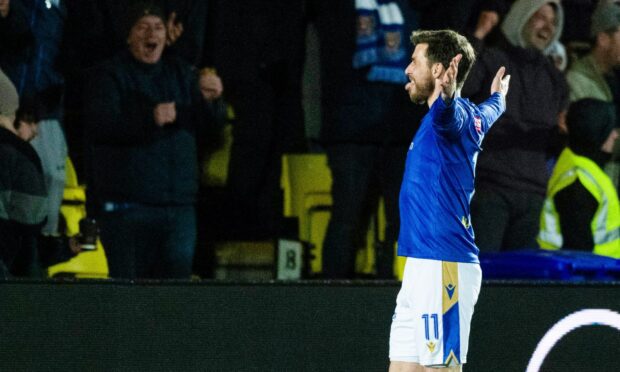
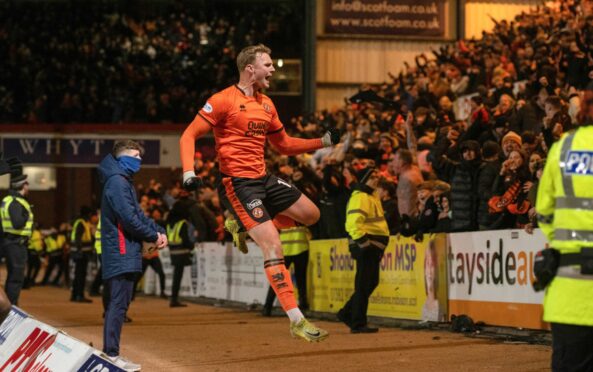
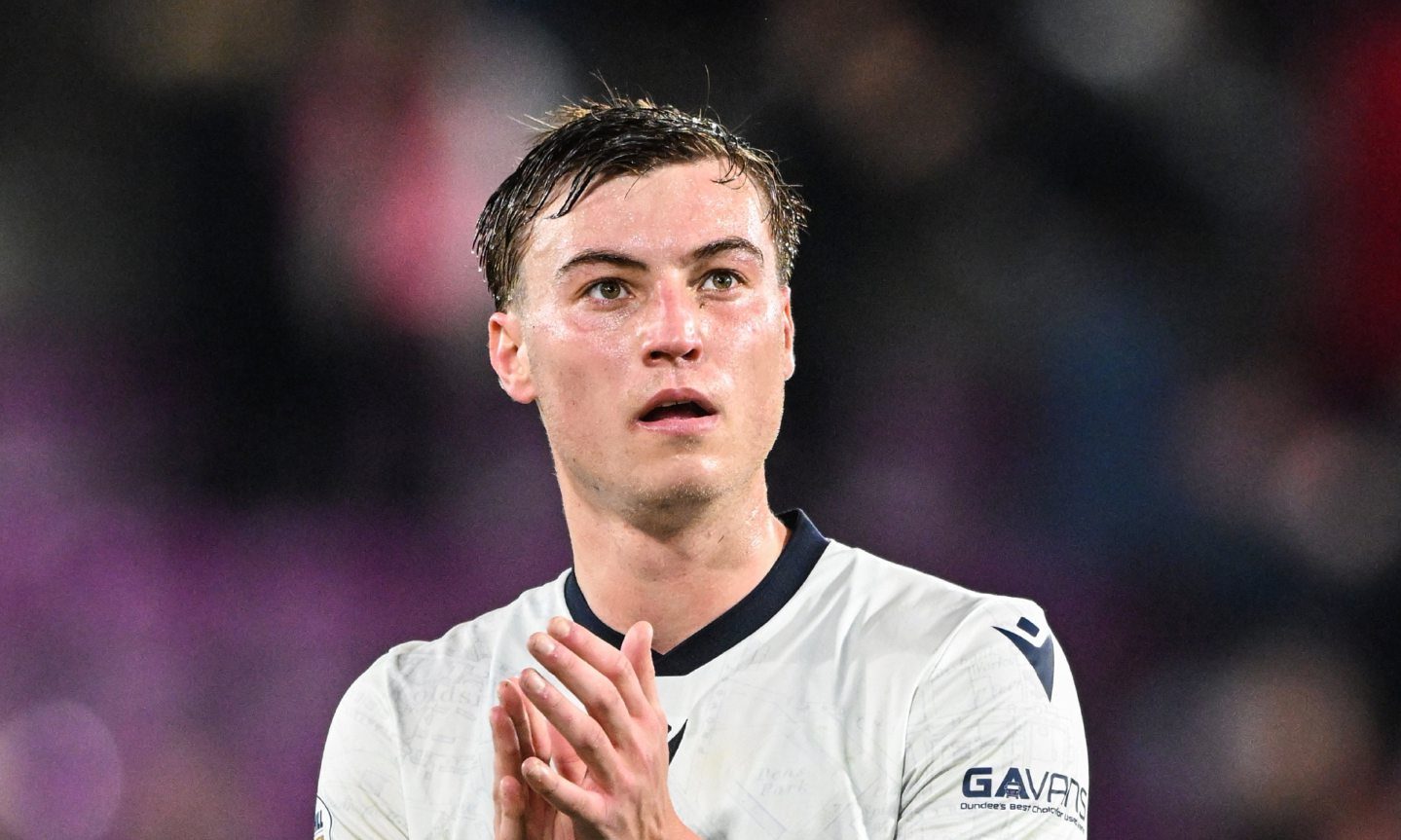
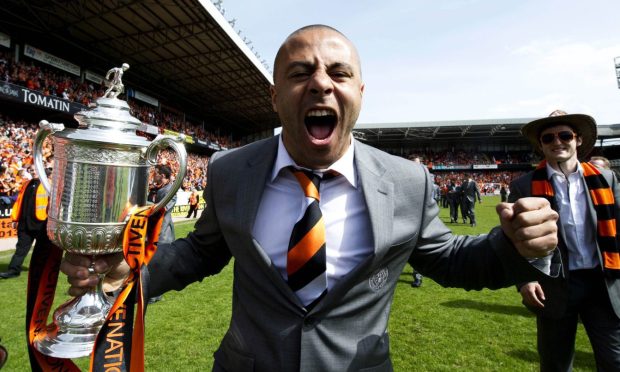
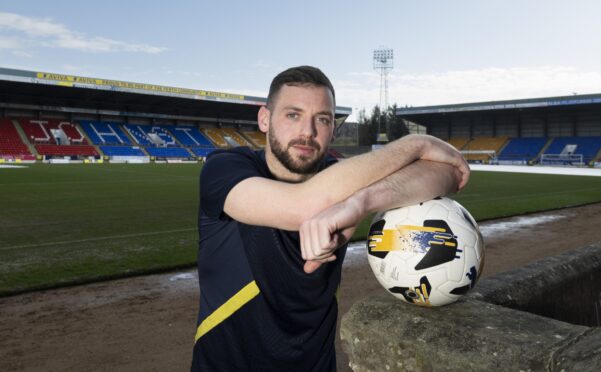
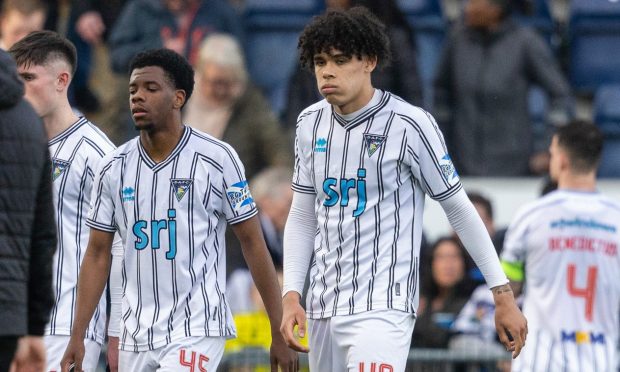
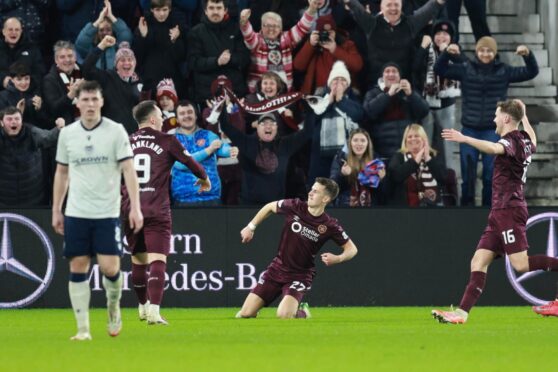

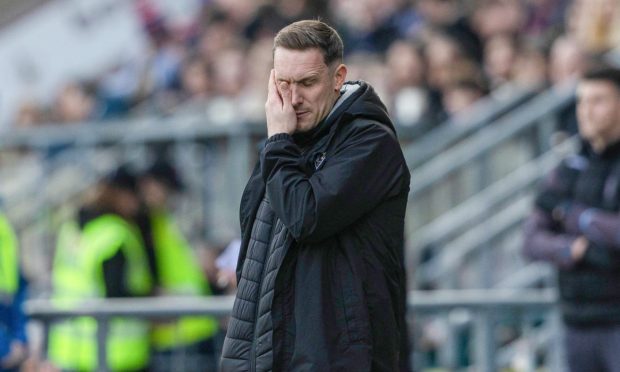
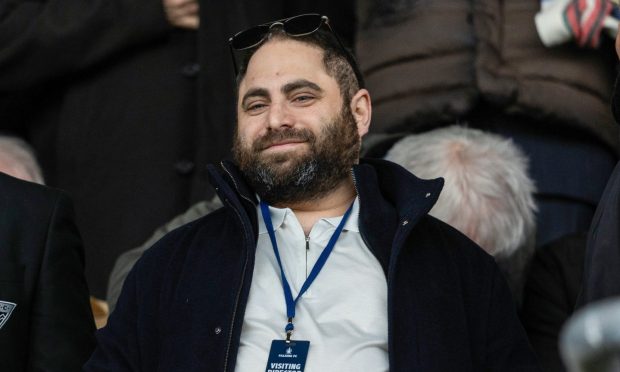
Conversation